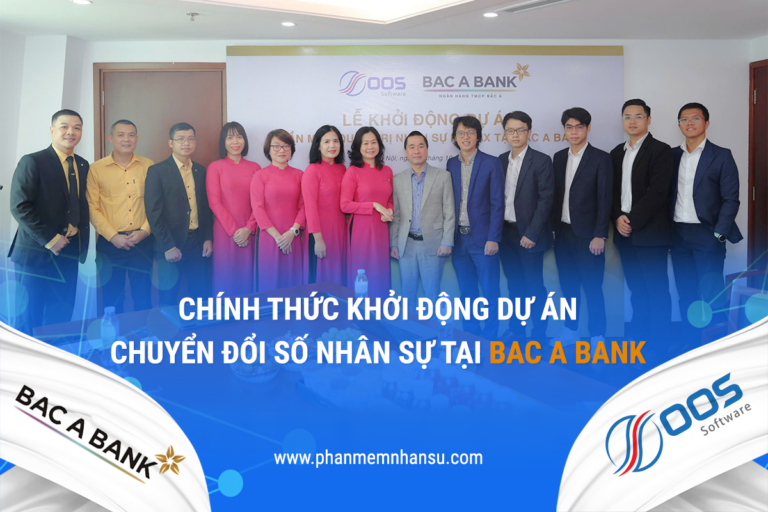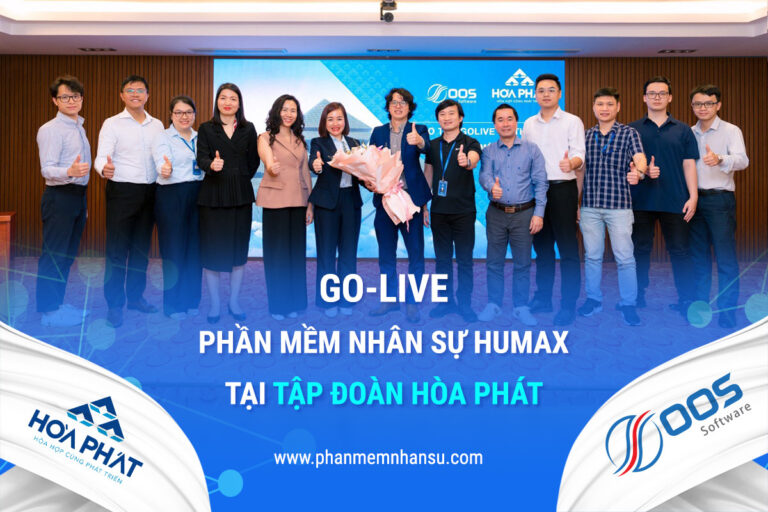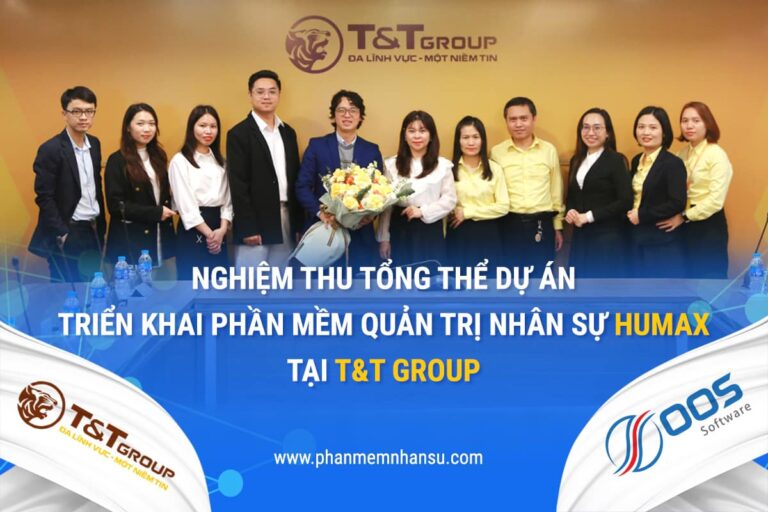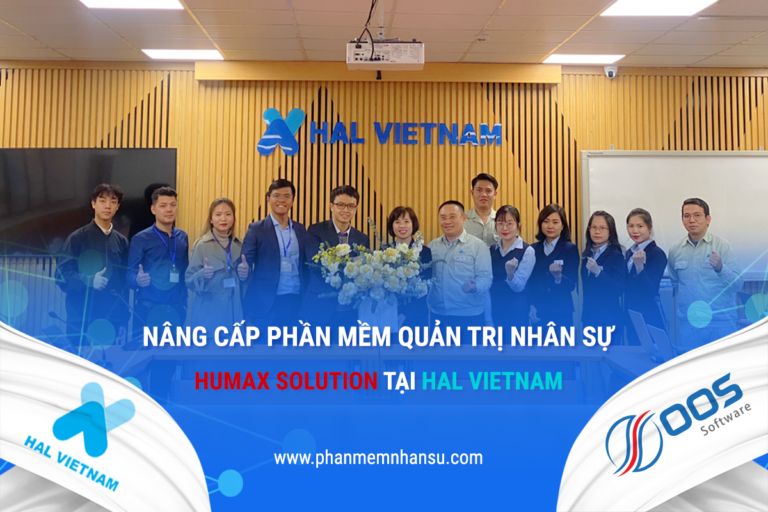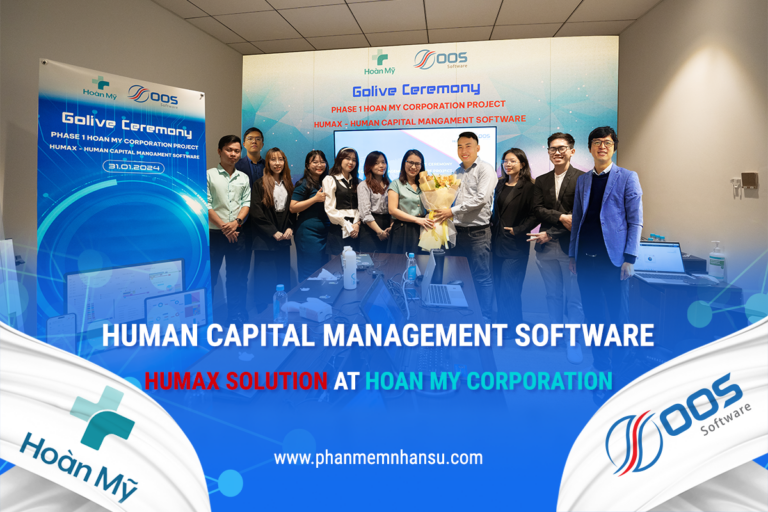A standard human resources recruitment process is an important factor that helps businesses own a team of quality employees to work productively and effectively. Recruitment goes through a systematic process, starting from sourcing candidates to arranging, interviewing and finally selecting the right candidate. If your business is looking into this issue, please refer to the recruitment process shared below.
What is the human resources recruitment process?
Recruitment is the process of finding and attracting talented candidates to fill open positions in your business and organization.
Recruitment is the process of determining the job position being recruited, analyzing job requirements, reading resumes and CVs, screening, evaluating, and selecting the most suitable candidates for the business.
An effective recruitment process is a model of sourcing the right talented candidates for the organization and business at the right time.
Recruiting talent that matches the company's requirements is not easy. Therefore, if a company or business does not have a proper recruitment process, efforts to find candidates will fail.
A comprehensive recruitment process includes 7 main stages but may vary based on the industry, business field, structure, scale and nature of each business's operations.

What role does the recruitment process play for businesses?
The human resources recruitment process helps attract talent and encourage more candidates to apply. This is also the premise for businesses to build a list of quality candidates and save time finding candidates to replace current and future positions of the business.
When building a standard and scientific recruitment process, businesses will see the following benefits:
Save time
Building a scientific recruitment process helps employers find and select suitable candidates faster. Besides, it is still possible to attract candidates that match the requirements with the highest conversion rate.
Not only that, work Build recruitment process It also demonstrates the professionalism of the employer brand in the eyes of candidates.
The recruitment process helps engage employees
The right recruitment process can help businesses choose candidates who match the mission and vision of the business, ensuring work performance.
Furthermore, engaged employees will motivate them to work more enthusiastically and devotedly to their work.
Be proactive in recruitment
Preparing a thorough and careful recruitment plan helps businesses proactively and strategically unify management and human resources departments.
If necessary, businesses can adjust their strategies to improve candidate quality and enhance brand reputation.
Increase work performance
When the human resources recruitment process is highly effective, it will help businesses determine the capabilities and qualifications of candidates. A wise employer will know how to take advantage of the interview process to ask questions to reveal the candidate's strengths and weaknesses.
This is one of the first recruitment steps that helps employers determine the candidate's future job performance.
Read more: 4 steps to build potential candidate portraits
Build an effective recruitment process with 9 steps
The stages in the recruitment interview process play an important role in the employer's final decision on selecting the right candidate for the job position.
To effectively recruit personnel and find potential candidates, employers need to clearly understand the following steps:
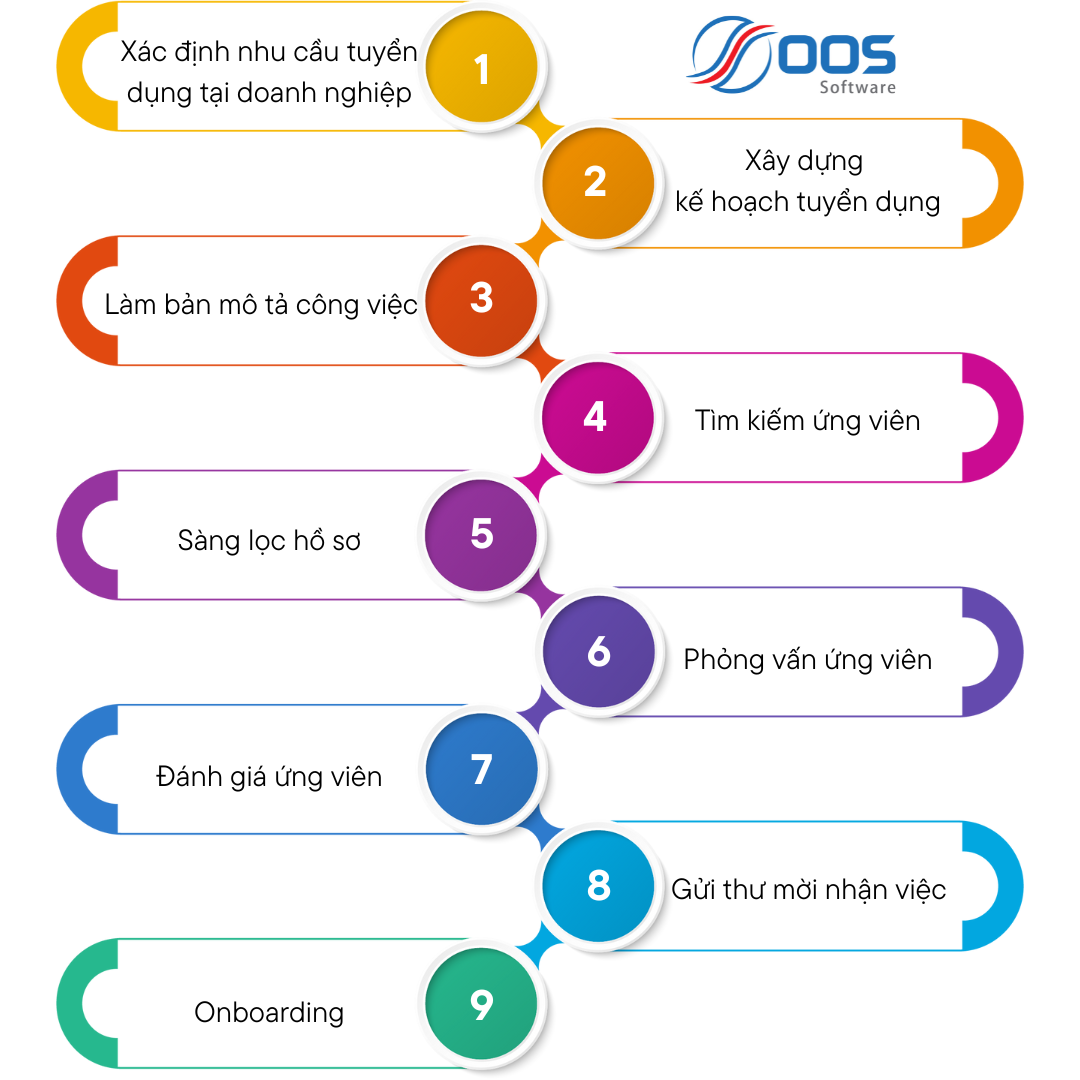
Step 1: Identify recruitment needs at the enterprise
First of all, HR needs to determine which positions are being recruited. From there, analyze the job characteristics required of candidates such as knowledge, skills, expertise and necessary experience. The human resources department needs:
- Identify vacant positions in the business, see if there are any unresolved issues, and if there are any important requirements regarding the candidate's capacity and experience.
- Monitor and evaluate to determine if the workload is more to recruit new employees.
- Analyze performance, qualities, skills, qualifications, a certain bright spot that the business still lacks.
Step 2: Develop a recruitment plan
A systematic recruitment plan helps businesses better prepare for the recruitment process, ensuring efficiency and saving time, costs and resources. When planning recruitment, businesses need to determine the number of positions needed, the skills and experience needed for each position, and the recruitment time.
Next, evaluate the possibility of using existing resources such as current employees, previously submitted candidate profiles or previously used recruitment services to save costs and time. The recruitment plan also includes information about budget, recruitment channels and appropriate candidate evaluation methods.
Step 3: Make a job description
Providing a complete JD is a very important step in the recruitment process. Researching and preparing a job description will provide potential candidates with a checklist for meeting the requirements before submitting their application. JD is the tool to ensure that you receive job applications from the right candidates.
A job description will include the following:
- Job position, department, title
- Job duties
- Qualifications and Job Skills
- Workplace
- Working time
- Working conditions
- Location
- Salary and benefits
Step 4: Search for candidates
The candidate search step requires employers to invest, target the right candidates and determine appropriate recruitment methods. Specific things businesses should do are as follows:
- Research and select suitable recruitment sources, websites, and recruitment methods to approach and attract candidates.
- Prepare attractive and attractive recruitment content, JD clearly details the job position, full benefits and requirements.
- Proactively search for candidates from many different sources such as internal candidate sources, hiring third parties, etc. instead of just relying on candidates registering and sending resumes.
- If necessary, use the services of recruitment partners (headhunter) or human resources consulting companies to search and access quality candidate sources.
Step 5: Screening documents
In this step, HR will narrow down the applications to the candidates who will be interviewed. Review and compare resumes, cover letters, and portfolios to eliminate unsuitable resumes. Businesses need to consider each person's qualifications, experience, expertise, skills, certificates, etc. and previous career development.
This is a very important step in the recruitment process, helping to filter out inappropriate profiles, avoiding wasting time on both sides.
Step 6: Interview candidates
- Telephone interview
A preliminary phone interview is the first step for the employer to have an impression of the candidate. Phone calls come in unexpectedly so employers can test the candidate's communication, critical thinking, problem solving, and capacity skills. The phone interview should be brief and inform the candidate of the necessary information.
- Test candidate psychology
The information revealed from this assessment will help the potential employee stay productive over the long term. This screening process is transparent and unbiased, helping to effectively identify the right candidates for any job.
- Interview
This is the final step for businesses to evaluate and make job offers to candidates. First, you need to agree on the person conducting the interview, the interview time and have a list of backup candidates to avoid wasting time.
Interview is a two-way process, the employer not only evaluates the candidate, but the candidate also evaluates whether the employer is professional and whether the company culture is suitable for them.
Therefore, employers must be polite, respectful, and maintain a Win-Win relationship with candidates. Come up with a suitable interview script, showing your professionalism anytime, anywhere.
Step 7: Evaluate candidates
Candidate evaluation helps businesses determine which candidates are suitable for the position being filled, increasing the likelihood of success in the recruitment process and minimizing unwanted risks. Furthermore, candidate evaluation helps businesses build a team of competent, professional, and culturally appropriate employees, contributing to the organization's success.
Therefore, employers need to check the candidate's compatibility with the company culture, including values, personality, ethics, etc. If it is a management-level position, businesses need to check their leadership ability. candidate's religion.
Step 8: Send job offer letter
Invitation letters help businesses notify candidates that they have been selected and become members of the company.
The candidate's invitation letter needs to provide specific information about the job, salary, benefits and other working conditions so that the candidate can prepare for his or her new job.
Sending an invitation letter shows the professionalism of the business, shows respect for the candidate, increases the likelihood of the candidate accepting the job and becoming an employee of the business.
Step 9: Onboarding
Onboarding is the process of helping new employees quickly integrate into the corporate environment. Help employees understand company culture, colleagues, regulations, policies and working procedures of the organization and departments. Answer new employees' questions, train and supervise their working process in the beginning.
Proper onboarding will help candidates integrate into the environment and work quickly, help them feel comfortable, and ensure performance and quality of work. In addition, onboarding helps businesses reduce human resource risks such as employees leaving in the early days or not being able to work effectively due to not understanding the culture and processes of the business.
Optimize the human resources recruitment process with HUMAX
Today, with the development of the digital age, to optimize the recruitment process, many businesses have used human resource management software. OOS Software is also proud to bring managers management and recruitment software solutions that are both effective, time-saving, cost-effective and other resources.

OOS recruitment software offers the following great benefits:
- The recruitment process is shortened, candidate data is managed according to a smart system.
- Businesses can easily access potential candidate files through channels such as Vietnamwork, TopCV, Careerbuilder, etc. Candidate data from the above sources is automatically transferred to the storage system. Create CV Pool according to different candidate segments.
- Create multi-dimensional interactions, save editing time many times thanks to the automation of filling in data and information before sending the Offer Letter or interview invitation.
- Easily plan recruitment strategies through the analysis and measurement report system from HUMAX: Score and classify candidates according to a set of criteria. Measure costs and number of candidates from recruitment channels. Report on conversion rate of vacancies. Evaluate the performance of recruitment sources. Export reports to PDF files.
OOS Software has more than 10 years of accompanying many businesses and corporations. Contact now to get advice on Recruitment Software for your Business.


